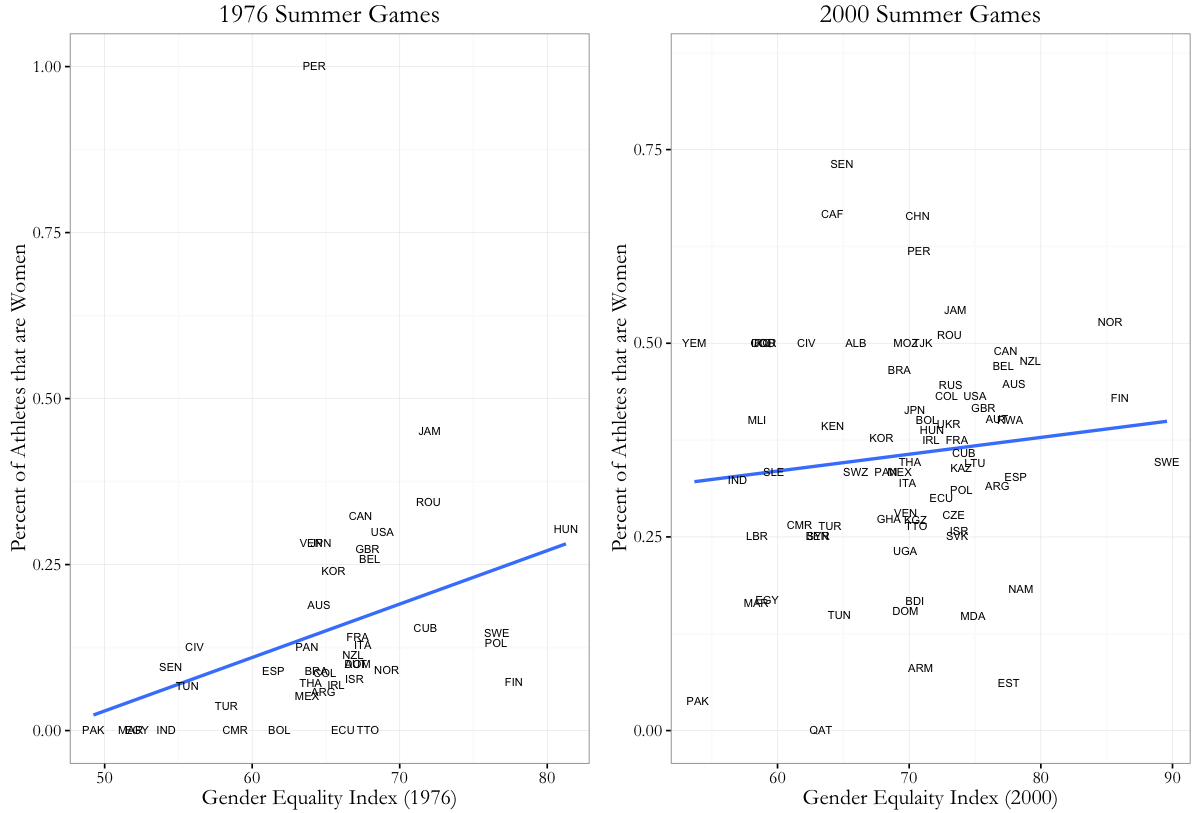Evelyn Blacklock, a student at Harvard Law School, writes in with these insightful comments on statutory interpretation in King v. Burwell.
Although it involves a complex statutory scheme, King v. Burwell asks the Court to answer a relatively straightforward question: is the IRS’s interpretation of the ACA reasonable? The Court’s task is to identify the statute’s range of reasonable interpretations and determine whether the IRS’s interpretation falls within that range. If it does, the IRS wins, even if the Court thinks it is a second-best interpretation.
As many have noted, King will therefore test the Court’s approach to contextual interpretation. To identify the statute’s range of reasonable interpretations, the Court must consider the contested provision, § 36B, “both on its own and in relation to the ACA’s interconnected provisions and overall structure so as to interpret the Act, if possible, ‘as a symmetrical and coherent scheme.’” So much is not controversial. The real question is how the Court will use context. As the lower court opinions demonstrated, there are different ways to approach contextual interpretation.
One way is to consider how the relevant context might inform the meaning of the contested provision. The Fourth Circuit in King v. Burwell took this approach: the court admitted that a “literal reading” of § 36B seemed to favor the challengers’ interpretation (limiting tax credits to state Exchanges), but it also examined related provisions to see if they “shed any more light” on the question. Both § 36B(f), the “reporting” provision, and section 1312, the “qualified individuals” provision, seemed to assume that tax credits would be available on state and federal Exchanges. Given those and other contextual signals, King concluded that the IRS’s interpretation—allowing tax credits on both kinds of Exchanges—fell within the statute’s range of reasonable interpretations.
The D.C. Circuit in Halbig v. Burwell, meanwhile, took a different approach. The court considered the same context, but inverted the inquiry: rather than ask whether context “shed any more light” on § 36B, Halbig asked whether the literal reading of § 36B—limiting tax credits to state Exchanges—would render those other provisions, which arguably assumed the availability of credits on federal Exchanges, absurd. The court concluded that the challengers’ reading might render related provisions odd, but not utterly absurd, and rejected the IRS’s interpretation.
Halbig’s approach seems a strange way to go about determining interpretive reasonableness. As a (very simplified) example, suppose I live in an interpretive community where “milk” usually means “whole milk.” I have a recipe that calls for “milk.” It so happens that this recipe appears in a cookbook of low-fat recipes. I interpret this particular recipe as calling for “skim milk.” Is my interpretation reasonable? To answer that question, it would be natural to consider whether the rest of the cookbook seems to assume the use of low-fat ingredients; that contextual information might not be conclusive evidence of the meaning of “milk,” but it would surely be a point in favor of the reasonableness of my interpretation. It would be odd, on the other hand, to gauge the reasonableness of my interpretation by starting with the assumption that “milk” must mean “whole milk” unless that reading would render the rest of the cookbook absurd. The first approach uses context to determine whether my interpretation might fall within the total set of all reasonable interpretations; the second instead uses context only to confirm that a presumptively ideal interpretation is not unreasonable. The second approach actually tells us nothing about whether my interpretation is reasonable—it tells us only that at least one other interpretation is acceptable.
Put another way, rather than use statutory context to test the reasonableness of the IRS’s interpretation, Halbig found a point estimate of statutory meaning and then effectively imposed a presumption against finding any wider range of reasonable interpretations beyond that point unless outright absurdity resulted. As the government put it in its petition for rehearing en banc, “‘absurdity’ was the wrong test. The majority erred by purporting to discern the plain meaning of one provision before considering all relevant provisions of the Act.” (Or as a recent brief noted: “[C]ourts must interpret a provision in the first instance in light [of] its context and place in the statutory scheme. . . . [T]he question here isn’t just whether Petitioners’ reading of Section 36B renders absurd the various [related] provisions . . . . Rather, the question is this: What does the ACA, read as a whole, say about tax credits when you take into account all its provisions?”) Halbig’s approach shifts the inquiry from whether there is a range of reasonable interpretations to whether the court’s initially favored interpretation—what it perhaps sees as the best interpretation—makes the rest of the statute unreasonable. So long as it doesn’t, the court’s interpretation wins. The court will not accept second-best, but still reasonable, interpretations unless the agency can rebut a presumption in favor of the court’s point estimate by clearing absurdity doctrine’s high bar.
None of this is to suggest that the statute is simple or that the IRS must necessarily win. The suggestion, rather, is that when courts face a question of interpretive reasonableness, and when reasonable meaning depends on context, courts should not short-circuit the inquiry by examining context only after establishing a preferred interpretation, and then only in order to gut check that preferred interpretation.












